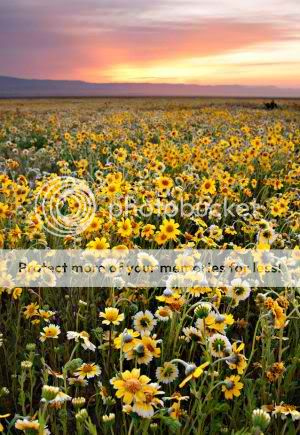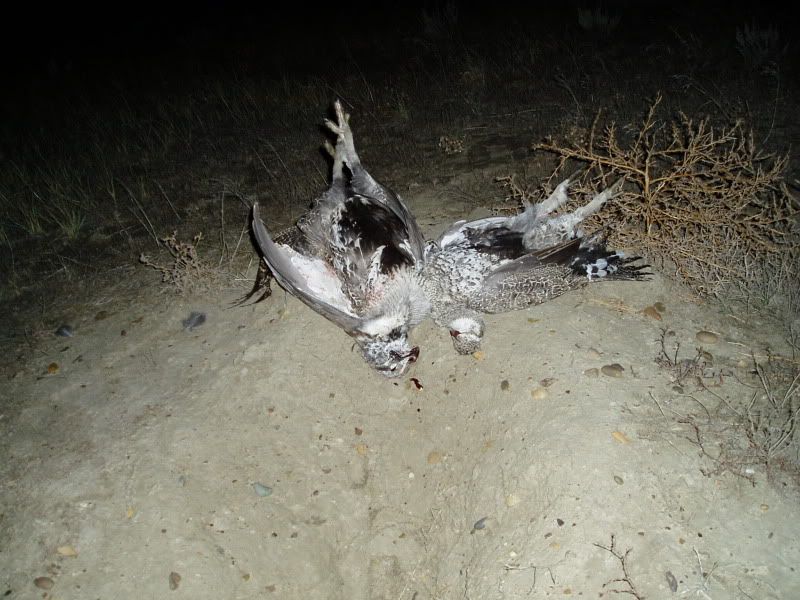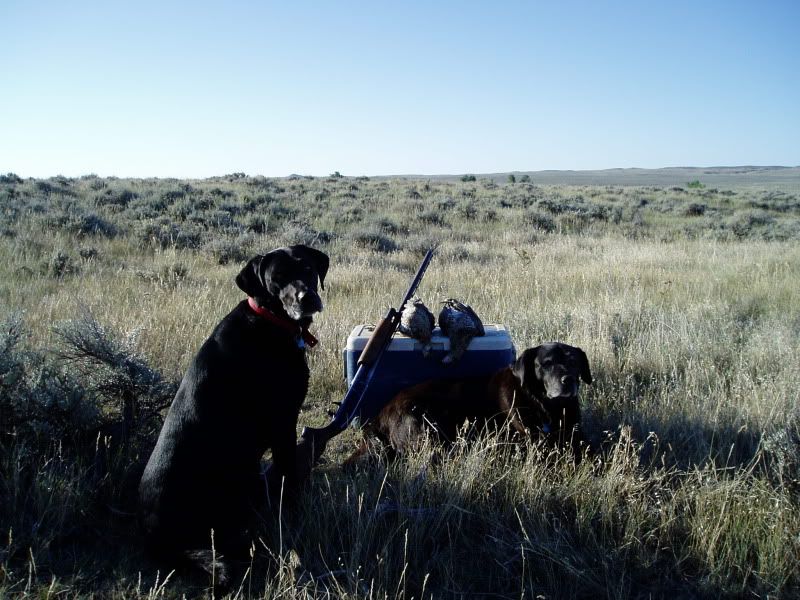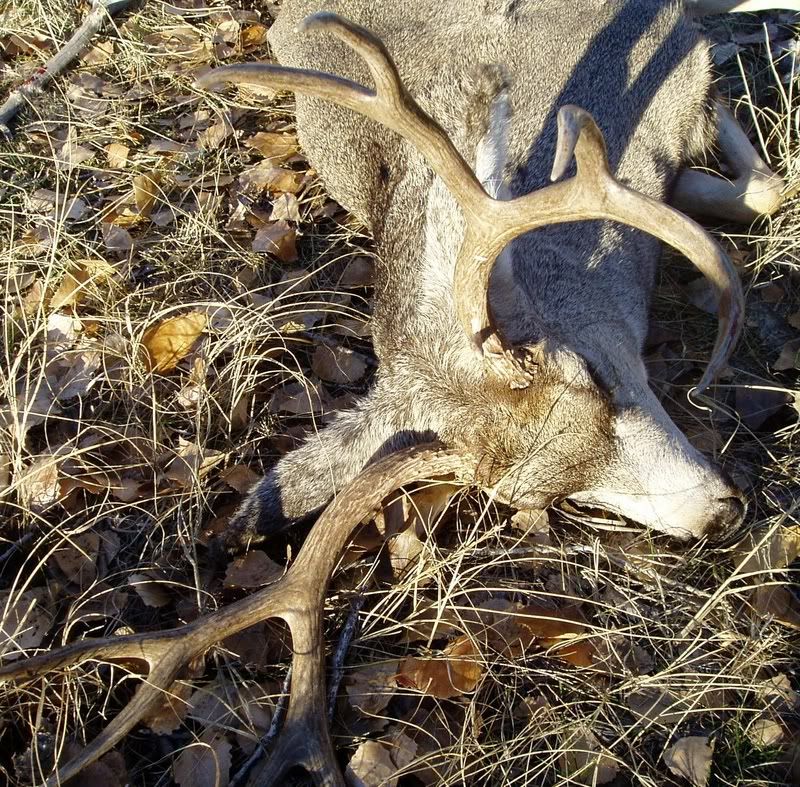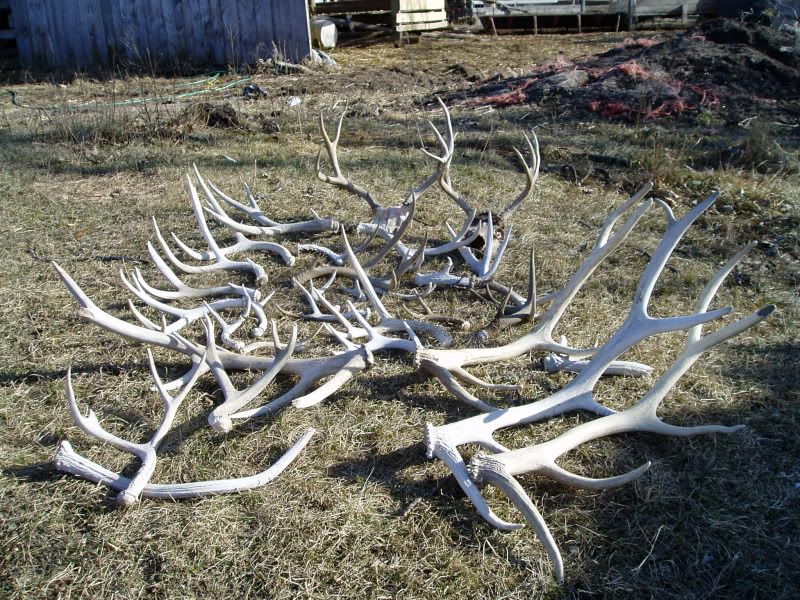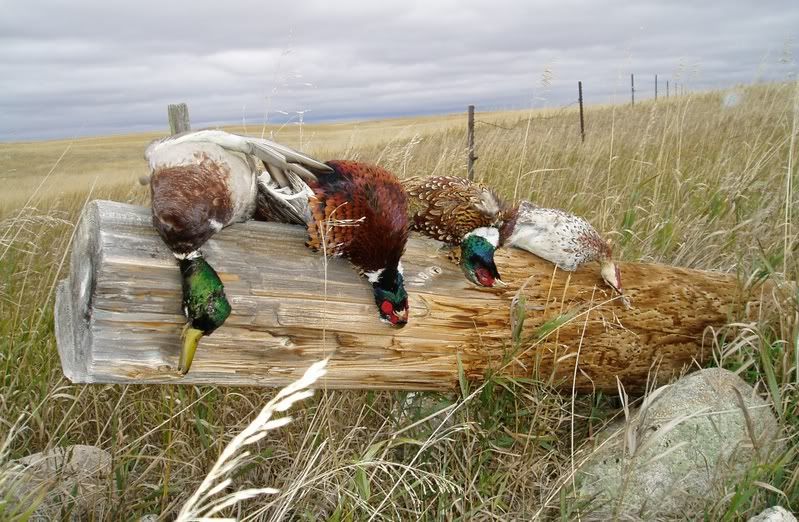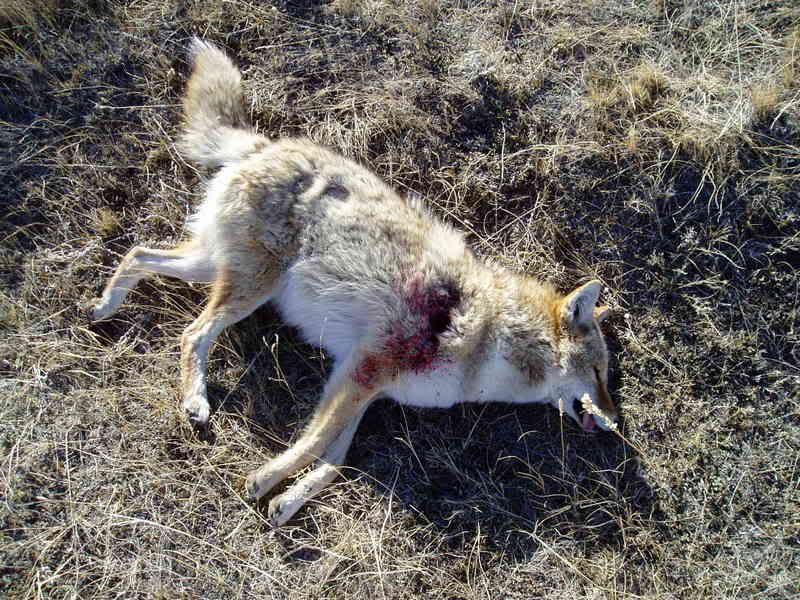mnmthunting
Banned
Thought I would share some "true" native grasslands. [prairies]
First of all, just about ALL land suitable for raising crops has been plowed, farmed and crops raised. Lots of this land in prairie country had most of the top soil blown off during times of drought and has turned back into grasslands. These grasslands are NOT native prairies.
To find any amount of native grasslands you have go to the "bad lands". Land that was not settled or claimed by Homesteaders.
A few small remnants in the Mid West. In MN for example less the 1% of the native grasslands remain.
In the Dakotas you have to get into the rough country to the West, like rocky hilltops and river breaks.
Some pics of large areas of true prairie land. [Montana]
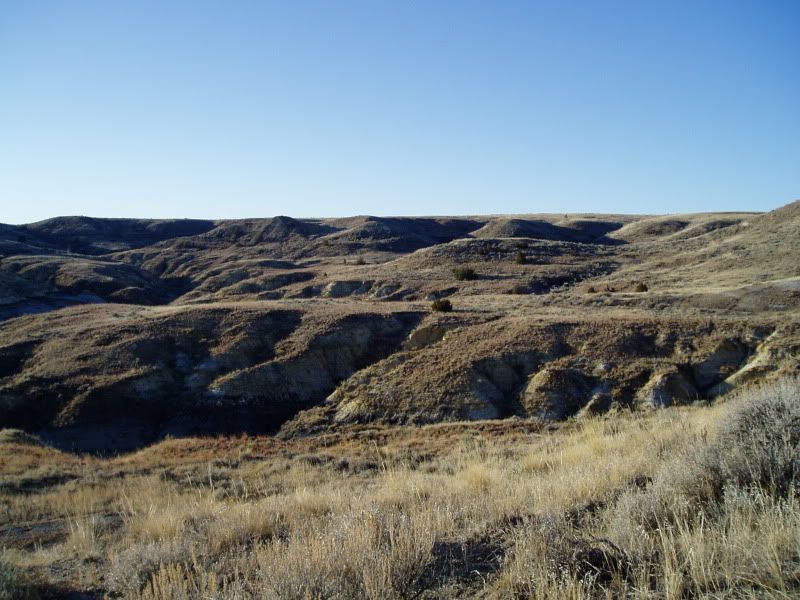
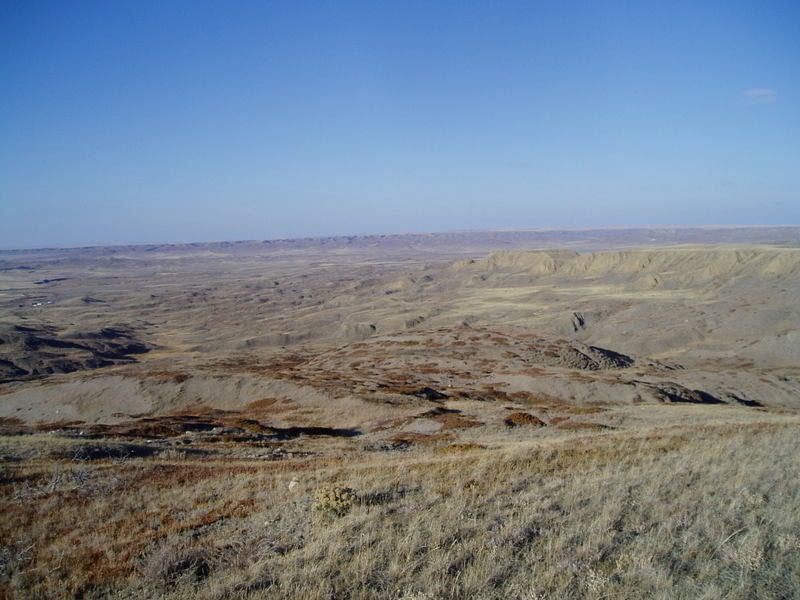
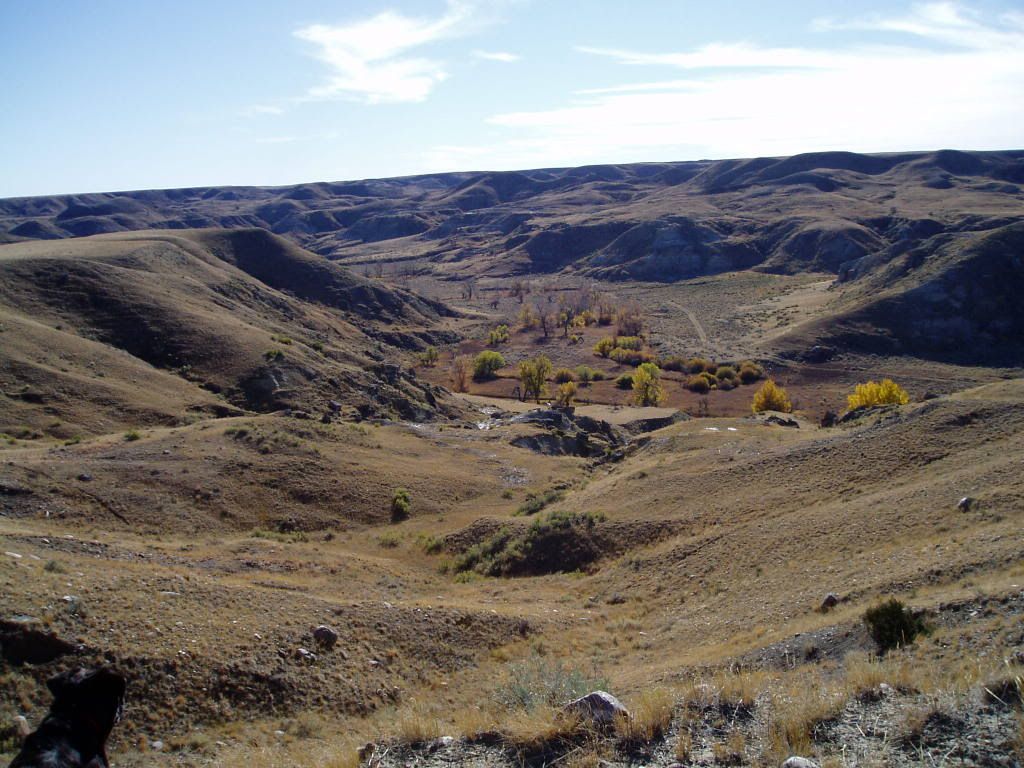
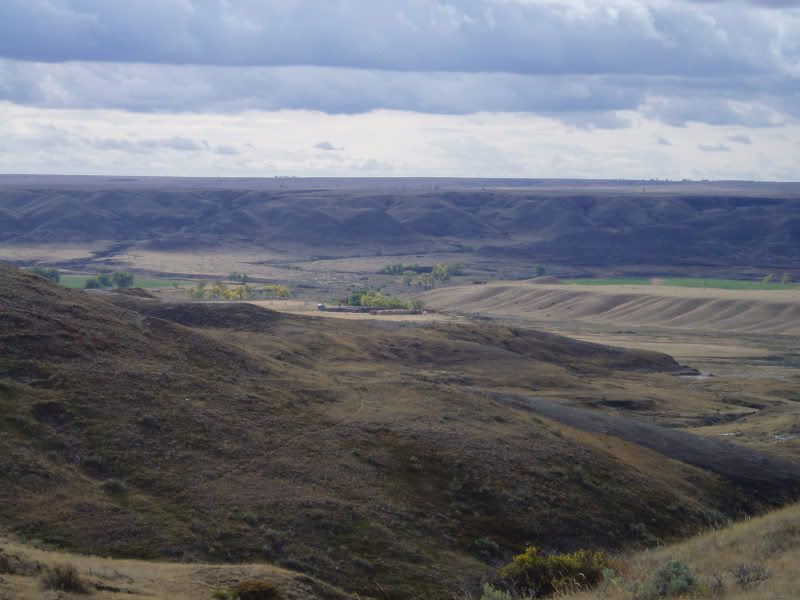

First of all, just about ALL land suitable for raising crops has been plowed, farmed and crops raised. Lots of this land in prairie country had most of the top soil blown off during times of drought and has turned back into grasslands. These grasslands are NOT native prairies.
To find any amount of native grasslands you have go to the "bad lands". Land that was not settled or claimed by Homesteaders.
A few small remnants in the Mid West. In MN for example less the 1% of the native grasslands remain.
In the Dakotas you have to get into the rough country to the West, like rocky hilltops and river breaks.
Some pics of large areas of true prairie land. [Montana]






